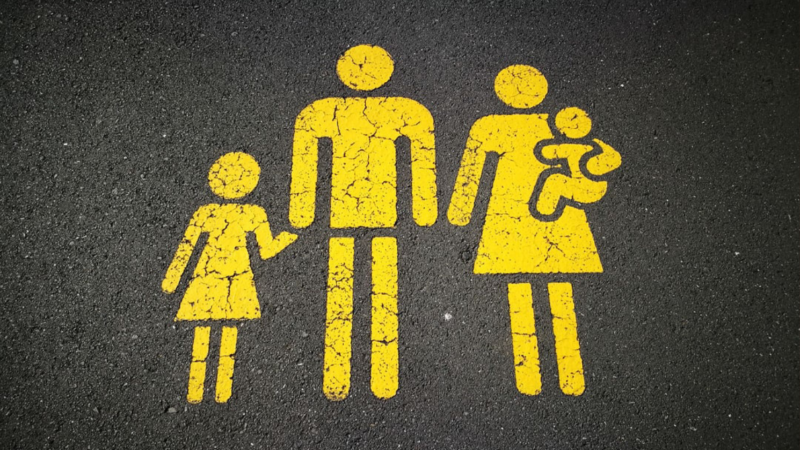
NEW CENSUS NUMBERS PAINT COMPLICATED AND CHANGING PICTURE OF STATE’S FAMILIES
- August 7th, 2019
NEW CENSUS NUMBERS PAINT COMPLICATED AND
CHANGING PICTURE OF STATE’S FAMILIES
| The latest release of data by the U.S. Census Bureau paints a complicated and changing picture of the Alabama family. For the first time, families with two parents and one or more children under 18 – usually considered the ‘traditional’ family – make up less than a quarter of all households in Alabama. This is a decline since 1990 when more than 26 percent of all Alabama households were made up of children and their married parents.
“This statistic does not mean that Alabamians have renounced marriage and family, ” said Annette Watters, manager of the Alabama State Data Center at The University of Alabama’s Center for Business and Economic Research. “Many married couples in Alabama are families that no longer have children living at home. Other families in the state are made up of single parents raising children alone,” Ms. Watters said. She pointed out that 22.5 percent of households are married couples with children, another 8.1 percent are single mothers raising their children alone, and 1.7 percent of households are headed by fathers raising children alone. Altogether, nearly one-third of Alabama households have children living in them. Ms. Watters said the proportion of family households in Alabama has decreased over the last decade and the proportion of nonfamily households has increased. “Nonfamily households are made up of people living by themselves or people living with someone to whom they are not related,” she said. “People living together in nonfamilies could be roommates or unmarried partners.” The number of unmarried couples in Alabama has more than doubled since 1990 to 58,537 in 2000, according to the Census 2000. Ms. Watters said the new numbers related to the complicated make up of Alabama families and other living arrangements have important implications for policy makers. “If about two-thirds of all households in Alabama do not contain children, it can be harder to generate support for public education and other child-centered issues,” she said. The data also shows the percentage of one-person households rose significantly during the 1990s—from just less than 24 percent of all households in Alabama to just over 26 percent. Although the number of senior citizens is increasing, it is not the older people who are swelling the ranks of single-person households. In fact, the percentage of one-person households headed by a person over 65 dropped slightly between 1990 and 2000. “The image of ever-increasing numbers of elderly people living alone is not entirely accurate,” Ms. Watters said. “Most singles living by themselves are younger. People are marrying later. A vibrant economy has allowed young people to leave their parents’ houses and live on their own. And high divorce rates leave some people living alone, at least for a time.” She said the trend toward smaller households began at least two decades ago and continues. In 1990 the average number of persons per household in Alabama was 2.62. In 2000 it was 2.49. But, Ms. Watters said, “percentages don’t tell the whole story. The percentage of households headed by women went down, as did the percentage of households with children under the age of 18 headed by women. But because the total population grew, the number of female-headed households with children actually increased during the 1990s, from 132,896 single-mom families in 1990 to 141,057 in 2000.” Frequently a two-parent family has two sources of income, according to Ms. Watters. “Sometimes single mothers encounter conflicts in providing both a steady income and high-quality child care,” she said. “In fact, unmarried motherhood is one of the strongest predictors of poverty. While it is gratifying to see the percentage of single-mother families declining in the state, it is also important for the state’s economy, as well as for the families, for the absolute numbers to decline as well.” Following national trends, the aging of the baby boom generation helped push Alabama’s median age up from 33.0 in 1990 to 35.8 in 2000. Population in the 45 to 54 year old group jumped over 43 percent as the oldest baby boomers approached 55 in 2000. This changing age structure strongly influences the composition of Alabama’s households and families, Ms. Watters said.
|
